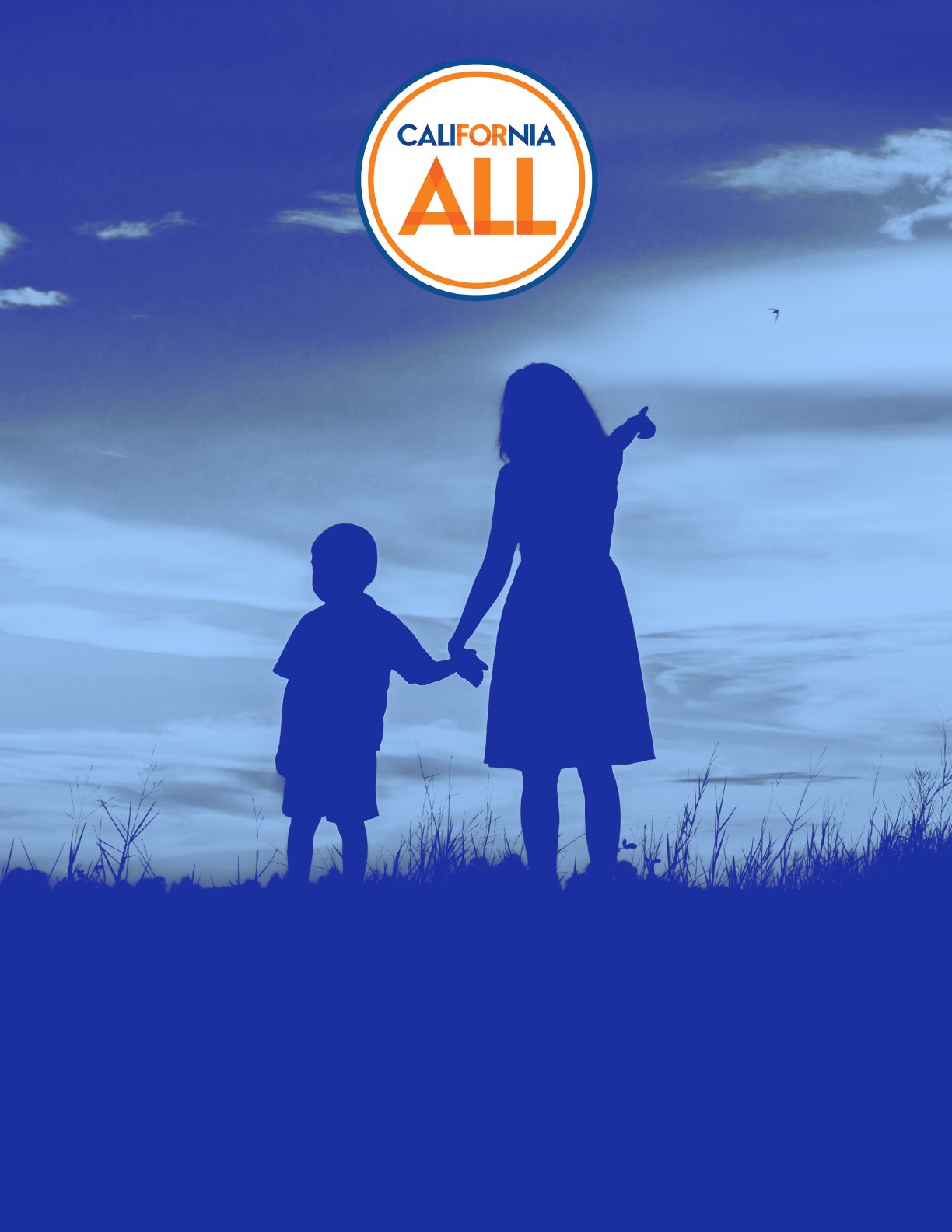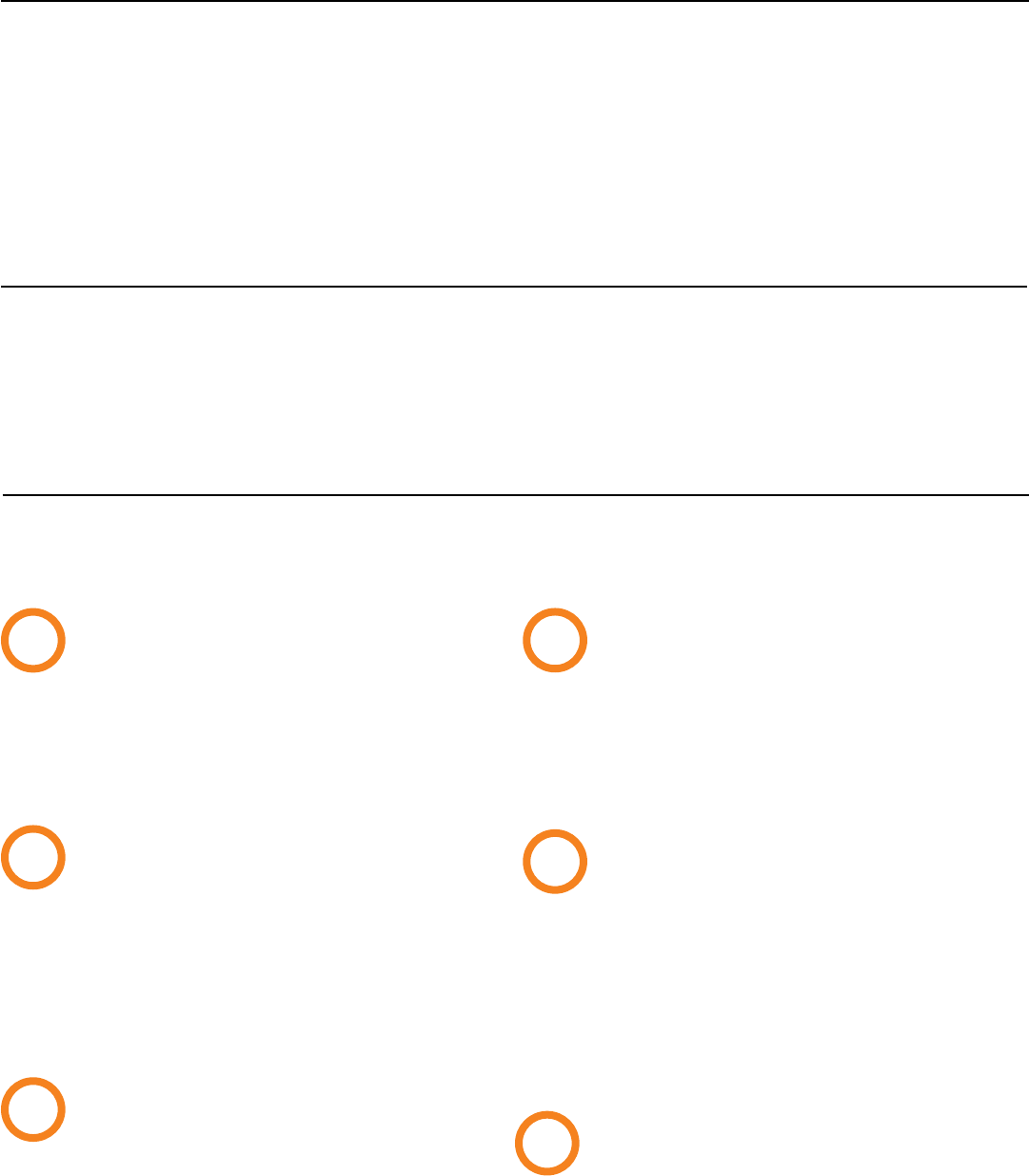
August 2022
Governor Newsom’s Master Plan
for Kids’ Mental Health

Governor Newsom’s Master Plan for Kids’ Mental Health California For All
Our kids are facing a
mental health crisis.
The global pandemic put a spotlight on our nation’s mental health crisis –
and the heavy toll borne by the youngest among us,
especially in underserved and marginalized communities.
Nationwide, our kids are more anxious and depressed. They feel isolated and lonely.
Suicide rates are climbing.
for kids’ mental health, California is doubling down with the most significant,
multi-year overhaul of our mental health system in state history.
▶ Over 284,000 youth cope with major depression.
▶ 66% of kids with depression do not receive treatment.
▶ Suicide rates for kids ages 10-18 increased 20% between 2019-2020.
of our state’s mental health system –
boosting coverage options, service availability and
public awareness so all children and youth are
routinely assessed, supported, and served.
In California:
$4.7 Billion
and substance use supports.
As other states cut resources We’re taking urgent action to address this crisis.
so every Californian aged 0-25 has
increased access to mental health
California has begun a fundamental overhaul

A More Proactive and Responsive System of Care
Governor Newsom’s Master Plan for Kids’ Mental Health California For All
Create a virtual platform
for next-generation digital
mental health assessment and
intervention.
We will increase access to services throughout the state, and meet kids where they are
at – at school, online, in primary care facilities, and more.
Expand interventions early on
so children and youth with, or at
high risk for, mental health and/or
substance use conditions can get
the care they need before
conditions worsen.
Expand the capability of clinics to
increase community-based mental
health services so more young
people receive the care they need.
Increase the number of
counselors in our schools
so students can access
mental health services easily,
conveniently, and at no cost.
Build infrastructure and staffing to
ensure young people with the most
significant symptoms and severe
disease have high quality settings that
are safe, secure and healing.
Virtual Platform to
Increase Accessibility
Intervene Early
Expand Clinic and
Treatment Slots
Increase Number of
School Counselors
Suicide Prevention
and Crisis Response
Services for Those
With Severe Needs
- Governor
Gavin Newsom
✓✓
✓✓
✓✓
✓✓
✓✓
✓✓
Building California’s
Mental Health Systems
“California is stepping up to tackle the mental health crisis
facing kids across the country. We’re overhauling our mental
health system with an unprecedented all-of-the-above approach
to connect families with the care and supports their kids
need to grow up healthier and stronger.”
Develop a targeted youth suicide
prevention program for those at
increased risk, create a 988 suicide and
crisis lifeline, and provide grants for school
and community-based crisis response
following a youth suicide or attempt.

Healthy Minds for California Kids
Mental healthcare shouldn’t break the bank. California’s new plan works to
ensure many vital services are covered by insurance and adds new Medi-Cal
services that jointly support parent-child needs to improve behavioral health.
Help kids get the support they need by increasing access to, and therefore
normalizing, mental healthcare. By raising awareness of Adverse Childhood
Experiences (ACEs) and toxic stress, we can support prevention and early
intervention of mental health and substance use challenges.
Increase access to a wide range of mental health services, with a focus on
prevention and early intervention, allowing schools to reach more students and
provide more counseling and mental health supports - without footing the bill.
Healthcare Coverage for Parent-Child Services
De-Stigmatize Help for our Kids
Make it Easier for Schools to Provide Prevention
and Treatment
More Resources for Parents
Governor Newsom’s Master Plan for Kids’ Mental Health California For All
✓✓
✓✓
- First Partner Jennifer
✓✓
✓✓
Siebel Newsom
Create more tools, including new, easily digestible video content for
parents to build their knowledge, tools and capacity to support
the behavioral health of their children.
“As a parent, there’s nothing worse than seeing your child in
pain and feeling powerless to help. In California, we take the
mental health and wellbeing of our children seriously, and we’re
tackling this problem head-on with significant investments in
the infrastructure of the state’s mental health system.”

Developing a Workforce
To provide the care our young people need, we
must build the workforce necessary to care for those
who need help. That’s why California is investing in
training programs, and offering new incentives for
those looking to pursue mental health care careers.
Make it easier for youth to receive
information, supports and services
virtually.
Training for Teachers
40,000
behavioral
health
professionals.
Governor Newsom’s Master Plan for Kids’ Mental Health California For All
✓✓
✓✓
✓✓
Increasing the
number of school
counselors,
hiring 10,000 more
professionals and
providing up to $20,000
scholarships for
mental health workers
that spend two years
working in schools.
▶ $4.1 billion on a community schools’ strategy to connect kids and families to essential
services including health screenings, meals and more.
▶ $5 billion on a Medi-Cal initiative, CalAIM, to better integrate health and behavioral
health services for low-income kids.
▶ $1.4 billion to build the healthcare workforce that expands our capacity to meet the
health needs of Californians, including children and families.
California is committed to improving the
mental health and well-being of every child.
Other investments include:
Hire, Train, and Engage More
Mental Health Workers
Expand Remote Access
to Services
Create a pathway for 40,000 new mental
health professionals, offer tuition assistance
and loan forgiveness for those who serve
in behavioral health. We are engaging
2,500 highly talented high school students
interested in mental health careers.
Help our teachers identify warning signs
by providing training for educators on
trauma-informed care.
Pathways and
training for
